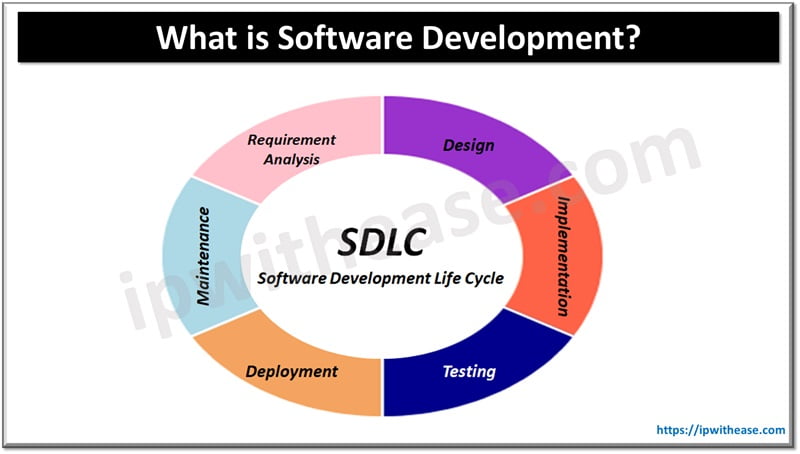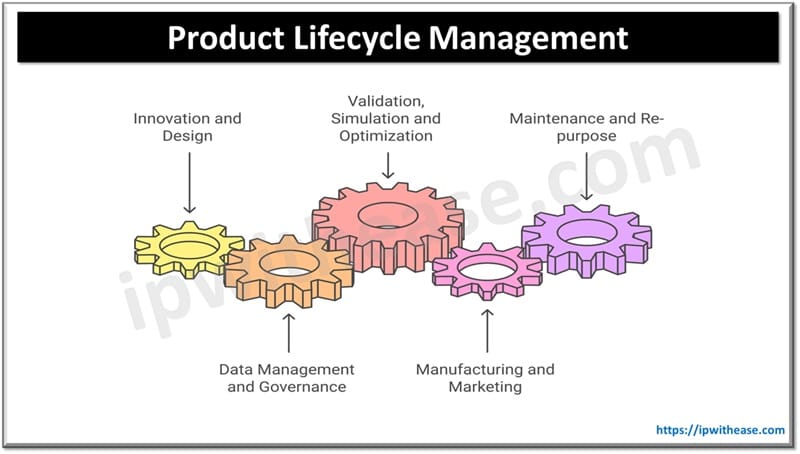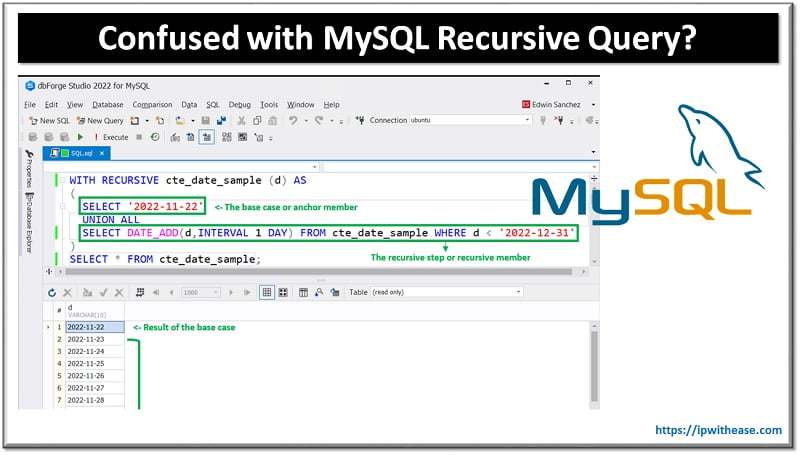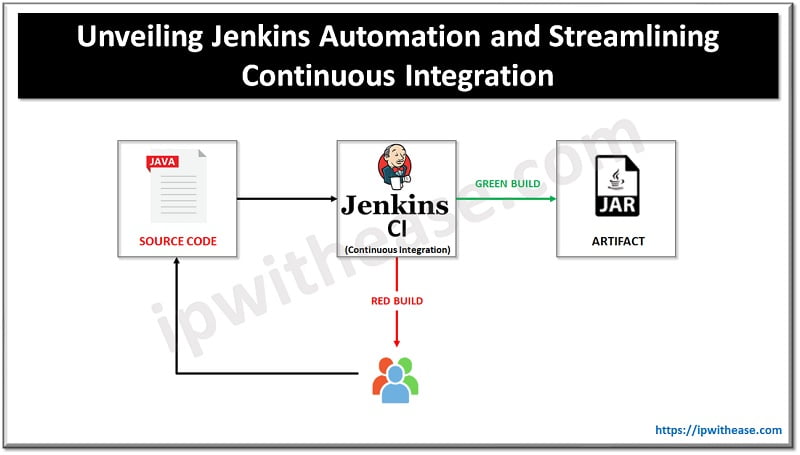Table of Contents
You won’t probably argue that the dominant part of our lives has already moved digital. And every element of this digital world, from a fitness app on your phone to the systems managing global supply chains, is powered by software development. It is thus not surprising that revenues in the software market are expected to be growing at a 5% annual rate reaching almost $900bn by 2029. Whatever business you are running, you will most likely deal with it software development at a certain point. So let’s take a closer look at how it all works.

image credit: unsplash.com
What Is Software Development?
To begin with, what is software development exactly? Overall, it means creating and maintaining applications, frameworks, or other software components, This process involves lots of tasks:
- conceiving
- specifying
- designing
- programming
- documenting
- resting
- bug fixing.
It is a very complex science that requires both problem-solving and creative insight.
Related: Software Outsourcing vs In-House Development
Approaches to Software Development
Not every company has the luxury of an in-house development team. Even those that do often lack expertise in certain areas of software development. Here, businesses typically turn to two main strategies: staff augmentation and classic outsourcing.
Staff Augmentation
This approach allows companies to temporarily expand their in-house teams with external professionals. The latter will possess all the skills needed for computer software development. In a way, it’s like hiring but on a temporary basis. The beauty of staff augmentation services is that they do the hiring themselves. You, in turn, get super qualified experts who will work alongside your permanent staff under your direct control.
Outsourcing
Contrary to augmentation, classic outsourcing is a bit different in that you delegate entire projects or tasks to an external organization. For instance, a startup might outsource the development of its e-commerce platform to a specialized tech company. The thing is that you cannot control the process as precisely as in the case with staff augmentation.

Software Development Life Cycle (SDLC)
Now, if you ever manage a project that involves software development, you’ll need to understand the stages of the Software Development Life Cycle (SDLC).
- Requirement Analysis
This stage involves gathering and analyzing user requirements. You will further use these requirements to evaluate the final software solution. Plus, with clear user requirements, it’s easier for the project to stay on target at every stage.
- Design
During this phase, developers create the architecture of the project. They detail the software’s specs, features, and operations.
- Implementation
Here, the actual coding happens. Developers write code according to the design specifications. And so they build the software piece by piece.
- Testing
After coding, the software undergoes rigorous testing. This is necessary to find and fix any issues or bugs. Here, the requirements from the first stage will come in handy.
- Deployment
Once tested, the software is deployed to the user environment. It finally becomes operational.
- Maintenance
With time, user needs as well as the technology landscape will change. This is why post-deployment, the software must be maintained and updated.
Types of Software Development
Besides different development stages, it is useful to be familiar with different software development types. Each serves a unique purpose and requires specific skills.
System Software Development
System software can be imagined as the bridge between the hardware and user applications. It is thanks to it that the core functions of your computer and any other device operate. Examples include Windows, Linux, or macOS. They also include different utility tools that manage hardware components or tools that enhance the functionality of the operating system.
Developers, who work with this type, focus on
- optimizing performance
- managing resources
- ensuring stability across different hardware configurations.
For instance, a typical task for them would be to develop a device driver that allows the operating system to interact with new hardware.
Application Software Development
This is perhaps the most commonly recognized type of software development. It focuses on creating programs that meet specific user needs. These include the well-known Microsoft Office), media players, and complex database management systems. Mobile apps like WhatsApp or Instagram also fall into this category.
Developers here need to prioritize
- user experience
- functionality
- integration capabilities.
For example, their task may be to develop a budgeting app that tracks expenses and has features like syncing data across devices. A special requirement might be that it can integrate with banking APIs for real-time financial updates.
Programming Software Development
Finally, programming software is used to write, test, and debug other software programs. It includes compilers, code editors, and debuggers that help developers create and maintain their code effectively.
For instance, IDEs like Eclipse or Visual Studio provide developers with tools to write, test, and debug their applications. These tools help to efficiently create error-free code and are themselves highly sophisticated software products.
Final Thoughts
To summarize, software development is something that every business needs if it has some digital operations. The key thing is that hiring developers is usually very expensive. It’s cheaper and faster to outsource the task through staff augmentation services, for instance. To oversee how the augmented professionals are doing, you need to, at least, be familiar with SDLC. Plus, you need to understand different software development types and which skills each of them requires.
ABOUT THE AUTHOR
IPwithease is aimed at sharing knowledge across varied domains like Network, Security, Virtualization, Software, Wireless, etc.



